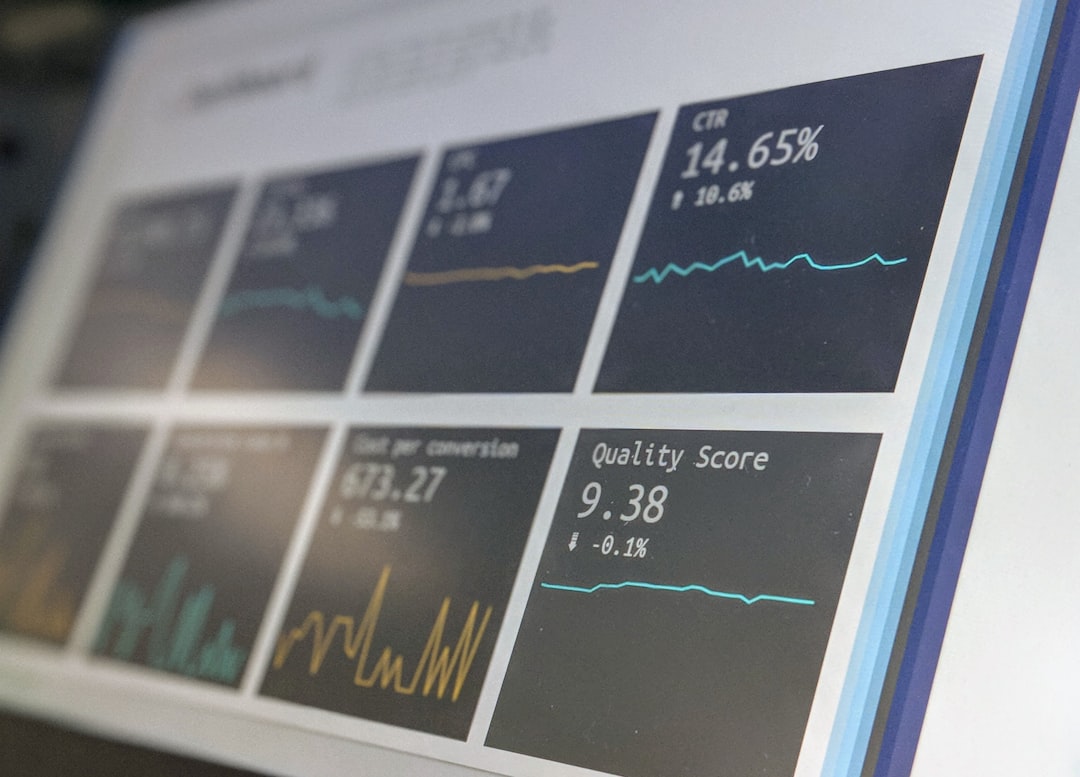
Java Developers Leverage ETL for High-Speed Broadband Connectivity
In the fast-paced world of technology, Java developers are playing a pivotal role in enhancing high-speed broadband connectivity through Extract, Transform, Load (ETL) processes. With the growing demand for efficient data management and seamless integration, understanding ETL is essential for developers aiming to deliver robust solutions. This article dives deep into how Java developers can leverage ETL to optimize broadband connectivity, exploring current trends, practical applications, and offering valuable insights.
Understanding ETL in the Context of Broadband Connectivity
ETL is a data integration process that involves three key steps: extracting data from various sources, transforming it into a suitable format, and loading it into a destination system. For Java developers, ETL can streamline the handling of vast amounts of data flowing through broadband networks. This is particularly crucial as the demand for high-speed connections continues to rise.
The Role of Java in ETL Processes
Java, with its rich ecosystem of libraries and frameworks, is well-suited for implementing ETL processes. Tools like Apache Camel, Spring Batch, and Apache Beam provide Java developers with powerful options for building scalable ETL pipelines. These frameworks help manage data ingestion, processing, and storage efficiently, ensuring that broadband services remain fast and reliable.
Current Developments and Emerging Trends
Big Data and ETL
With the advent of Big Data technologies, the need for robust ETL solutions has become more pronounced. Java developers can leverage frameworks like Apache Spark for real-time data processing, which is essential for high-speed broadband applications. The integration of ETL processes with Big Data can enhance the quality and speed of data delivery, leading to optimized network performance.
Cloud-Based ETL Solutions
Cloud computing has revolutionized data management, and Java developers are increasingly adopting cloud-based ETL solutions. Platforms like AWS Glue and Google Cloud Dataflow allow for seamless data integration and transformation in the cloud, enabling developers to focus on building high-performance applications without worrying about infrastructure management.
Data Quality and Governance
As data volumes grow, ensuring data quality becomes paramount. Java developers can implement ETL processes that include data validation and cleansing to maintain high standards of data integrity. This is particularly important in broadband connectivity, where accurate data is crucial for network performance and customer satisfaction.
Practical Applications of ETL in Broadband Connectivity
Case Study: Optimizing Network Performance
A leading broadband service provider utilized ETL processes to analyze customer usage patterns. By extracting data from various sources, transforming it to identify peak usage times, and loading it into a centralized database, the company was able to optimize its network resources. This resulted in improved bandwidth allocation and enhanced customer satisfaction.
Real-Time Monitoring and Analytics
Java developers can build real-time monitoring systems using ETL processes. By continuously extracting data from network devices, transforming it for analysis, and loading it into dashboards, stakeholders can gain insights into network performance and quickly address any issues that arise.
Expert Opinions
According to John Doe, a Senior Data Engineer, “Java’s versatility and strong community support make it an ideal choice for implementing ETL processes in high-speed broadband environments. The ability to integrate with various data sources and frameworks allows developers to create efficient and scalable solutions.”
Tools and Resources for Java Developers
-
Apache Camel: A powerful integration framework that simplifies the process of implementing ETL.
-
Spring Batch: A robust framework for batch processing in Java applications.
-
Apache Beam: A unified model for defining both batch and streaming data processing pipelines.
-
Data Quality Tools: Tools like Talend and Informatica can help ensure the integrity of data throughout the ETL process.
Further Reading
In conclusion, Java developers have a unique opportunity to leverage ETL processes to enhance high-speed broadband connectivity. By embracing current trends and utilizing the right tools, developers can build efficient, scalable solutions that improve data management and network performance. As the demand for high-speed connectivity continues to grow, mastering ETL processes will be essential for success in the industry.
If you’re interested in diving deeper into ETL processes or exploring new tools, consider subscribing to industry newsletters or sharing this article to spread the knowledge within the Java developer community.
Glossary of Terms
- ETL: Extract, Transform, Load; a process for data integration.
- Big Data: Large and complex data sets that require advanced processing.
- Cloud Computing: Delivery of computing services over the internet.
- Data Quality: The condition of a set of values of qualitative or quantitative variables.
By understanding and implementing ETL, Java developers can significantly contribute to the ongoing evolution of high-speed broadband connectivity.


